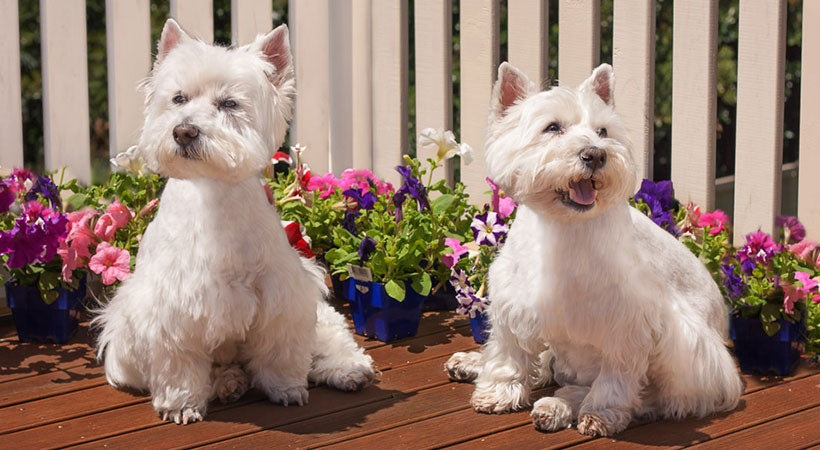Beagle Lifespan: How Long Do Beagles Live? (Life Expectancy)

How to Get Started with Dog Grooming
Are you curious about dog grooming, but don't know where to start? Grooming is an important part of your pet's health. Finding the right groomer and choosing the most beneficial care can be simple when the correct steps are taken.
What Are My Dog's Grooming Needs?
Being a pet parent comes with the responsibility to ensure they are living happy, healthy lives. Grooming as part of a regular care schedule can help you stay informed about your pet's health and provide treatment early on if needed.
First Steps of Dog Grooming
When grooming your dog, it is important to understand the different categories of care. Grooming can include all or a selection of areas such as bathing, brushing, ear care, eyes, flea/tick prevention, and dental. Depending on your dog's breed and age, one category may be more important to focus on than another. You can maintain the dog's physical health by bringing him to a traditional facility such as Petco or PetSmart, a small business facility, a mobile service, or in your own home.
Overall, the pet's comfort should come first when choosing which option to use. After choosing where and what care will be provided, prepare your dog for her first session. Introducing your dog while she is a puppy can help to familiarize her with the process and reduce stress. If you adopted your dog as an adult, extra sensitivity should be considered to ensure a comfortable experience. Notifying the groomer of any special precautions that should be taken with your dog, such as bumps, habits, or triggers, can help the appointment run smoothly.
Extra Care for Grooming Disabled Dogs
Grooming a special needs dog can require extra consideration before the grooming session. Depending on your dog's disability, extra support may be necessary to take weight off the dog's joints. A fully supportive dog wheelchair can provide maximum, controlled support while grooming a dog who is disabled physically. It is important to retain flexibility when grooming. Grooming sessions with a dog who is physically disabled can be made easier by taking ample rest breaks and allowing the dog to sit or lay down instead of standing. Because many paralyzed dogs experience incontinence, keeping wipes on hand can be helpful for accidents.
Grooming a hearing disabled dog should include soothing speech, constant touch, hand signals (if used), and visual cues. Speaking slowly throughout the session can put the dog at ease because they can sense your own level of calm. To ensure the safety of a blind dog, an extra set of hands can be helpful to make sure the dog does not fall off a grooming table. Grooming on the floor may be ideal. As pets age, they can experience thinning of the skin and growths such as warts and bumps. Using clippers may be safer to avoid these obstacles. If grooming away from home, moving slowly and bringing familiar items can make the dog feel more comfortable and "at home."
Resources for Happy, Healthy Pets
Here is another good resource on dog grooming.
Add Grooming Infographic to Your Website:

Feel free to embed this infographic to your own website by copying and pasting the code below:
Walkin' Pets thanks guest blogger Karin Anderson for this blog post!
Related Articles














